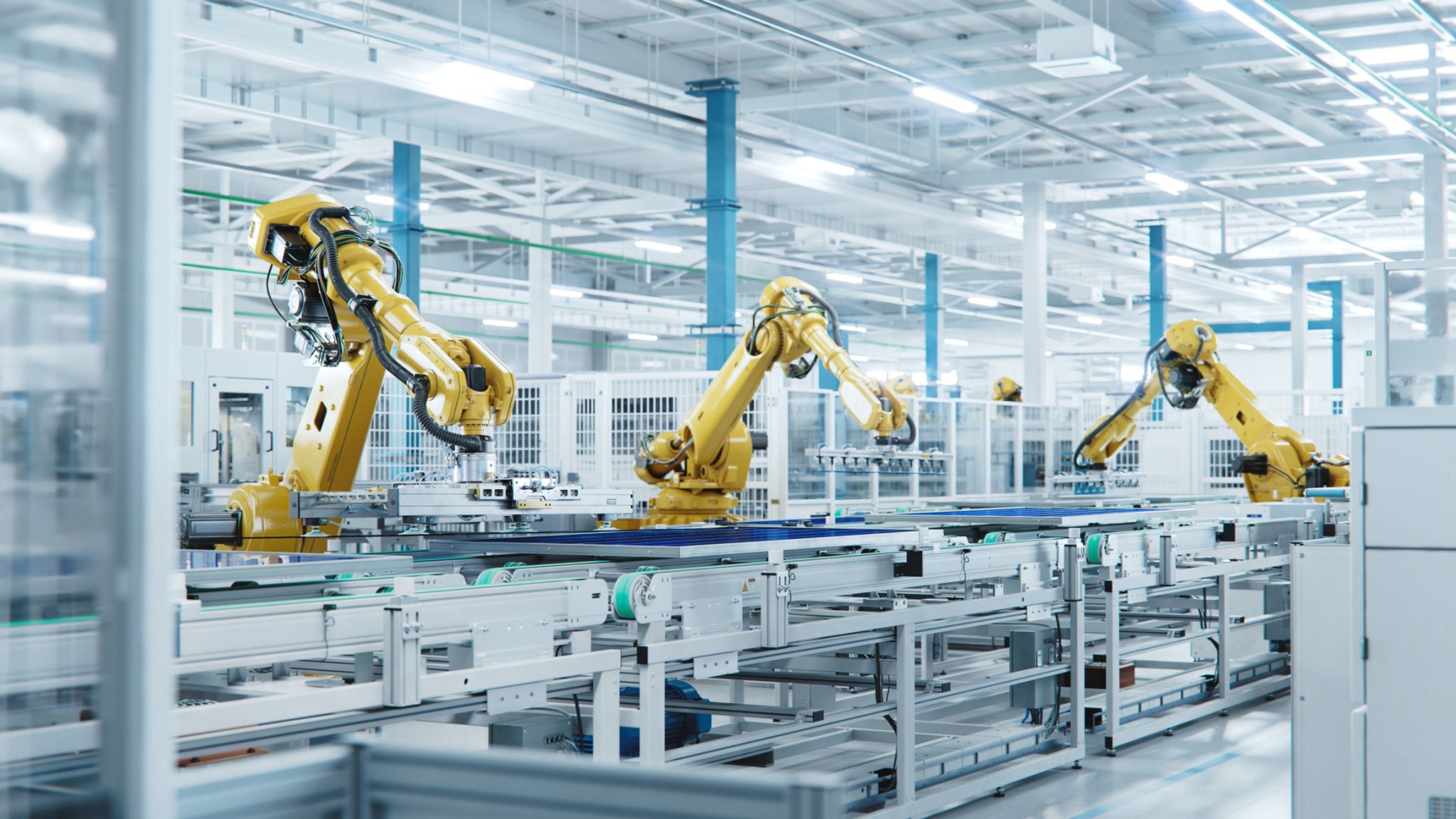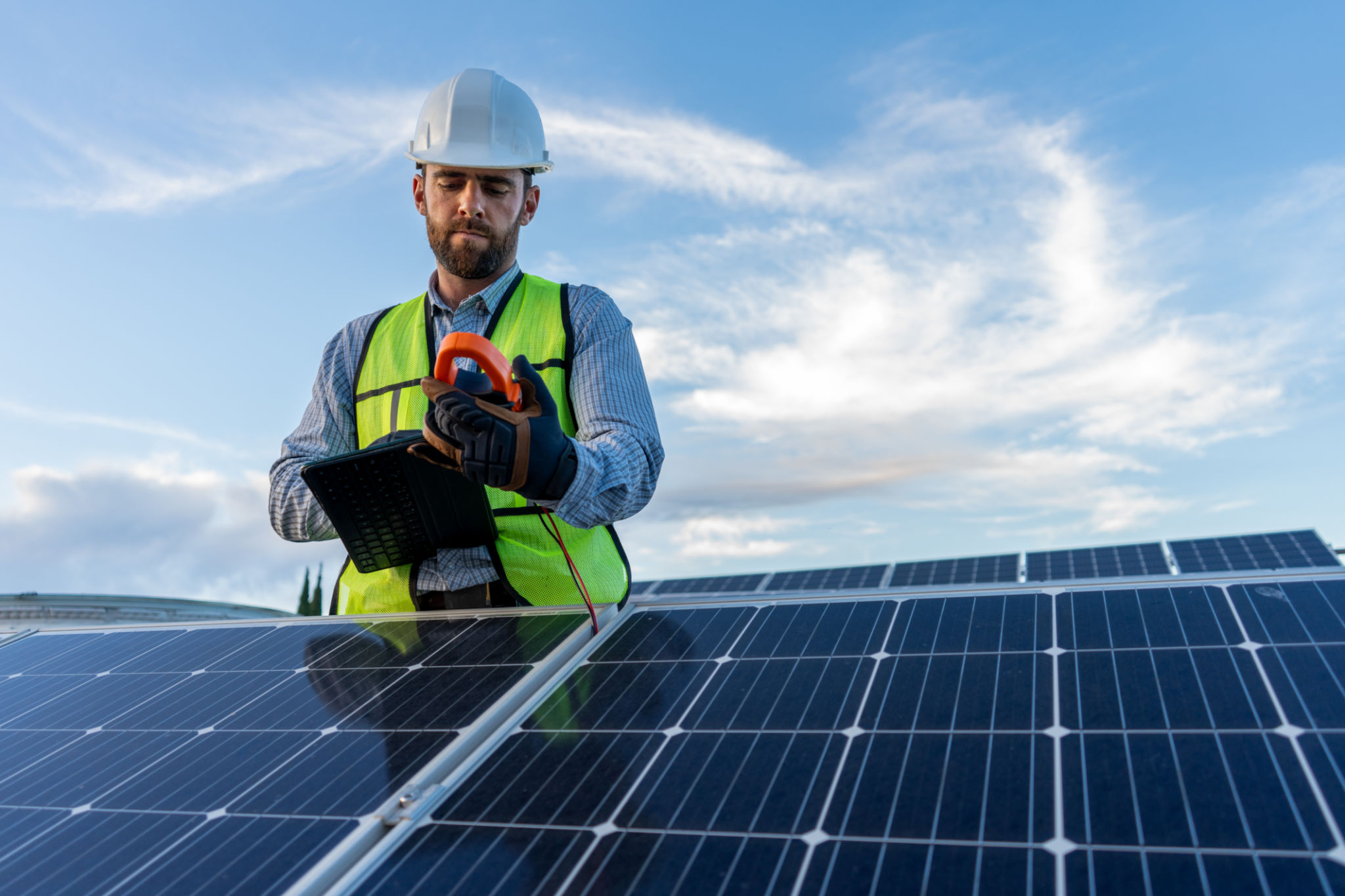Myth-Busting: Common Misconceptions About Robotics in Renewable Energy
Understanding the Role of Robotics in Renewable Energy
When it comes to renewable energy, robotics is a game-changer. Yet, there's a lot of misinformation surrounding its role in this field. Let's delve into some of the most common myths and set the record straight. Robotics is not only enhancing efficiency but also paving the way for sustainable energy solutions.

Myth 1: Robotics are Too Expensive for Renewable Energy
A prevalent misconception is that robotics are prohibitively expensive and thus unsuitable for renewable energy projects. While initial investments might appear high, the long-term benefits significantly outweigh these costs. Robots can operate continuously, require minimal maintenance compared to human labor, and can quickly adapt to different tasks, ultimately leading to cost savings.
Moreover, as technology advances, the cost of robotic systems is decreasing, making them more accessible to a broader range of projects. The return on investment is evident through increased productivity and reduced operational costs.
Myth 2: Robots Can Replace Human Jobs
Contrary to popular belief, robots are not here to replace human workers but to work alongside them. In renewable energy sectors such as solar and wind, robotics assist in dangerous and repetitive tasks, allowing human workers to focus on more strategic and complex roles.

This collaboration enhances workplace safety and efficiency. Jobs in robotics maintenance and oversight are emerging, offering new opportunities and requiring a skilled workforce to manage these advanced systems.
Myth 3: Robotics and Renewable Energy Technologies Are Incompatible
Some believe that robotics cannot be effectively integrated into current renewable energy technologies. However, the reality is quite the opposite. Robots are already being used for tasks such as solar panel installation and maintenance, wind turbine inspection, and bioenergy production.
The adaptability of robotic technology allows it to be integrated into various aspects of renewable energy production, improving precision and reducing downtime. This compatibility enhances the overall performance and reliability of renewable systems.

The Future of Robotics in Renewable Energy
Looking ahead, the synergy between robotics and renewable energy will continue to grow. As more companies adopt these technologies, we can expect further innovations that will drive sustainable practices across the globe. The future is bright for this partnership, promising a more efficient and eco-friendly energy landscape.
In conclusion, understanding the truth behind these myths can help demystify the role of robotics in renewable energy. Embracing this technology can lead to a more sustainable future, one where humans and robots work together towards a common goal of environmental stewardship.
